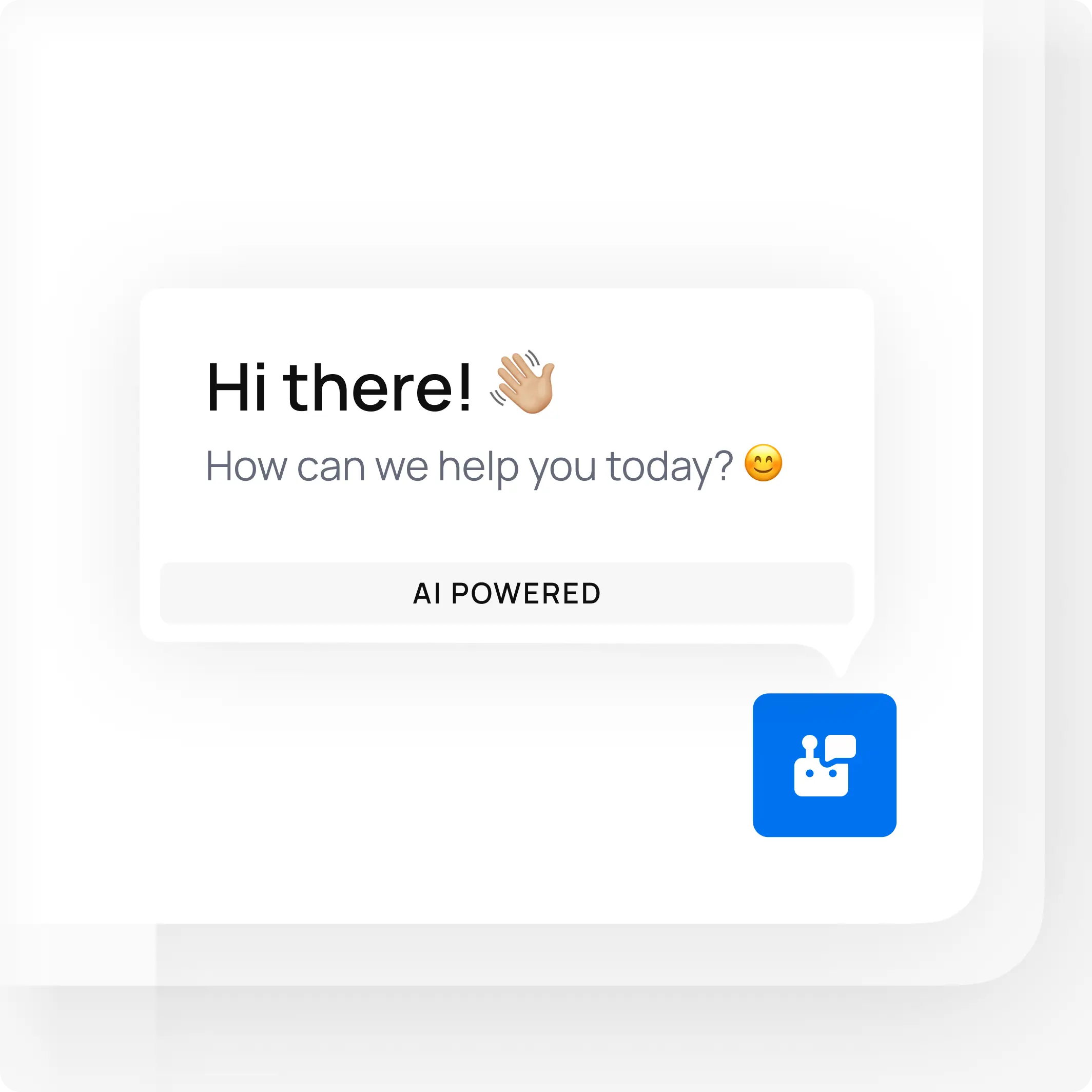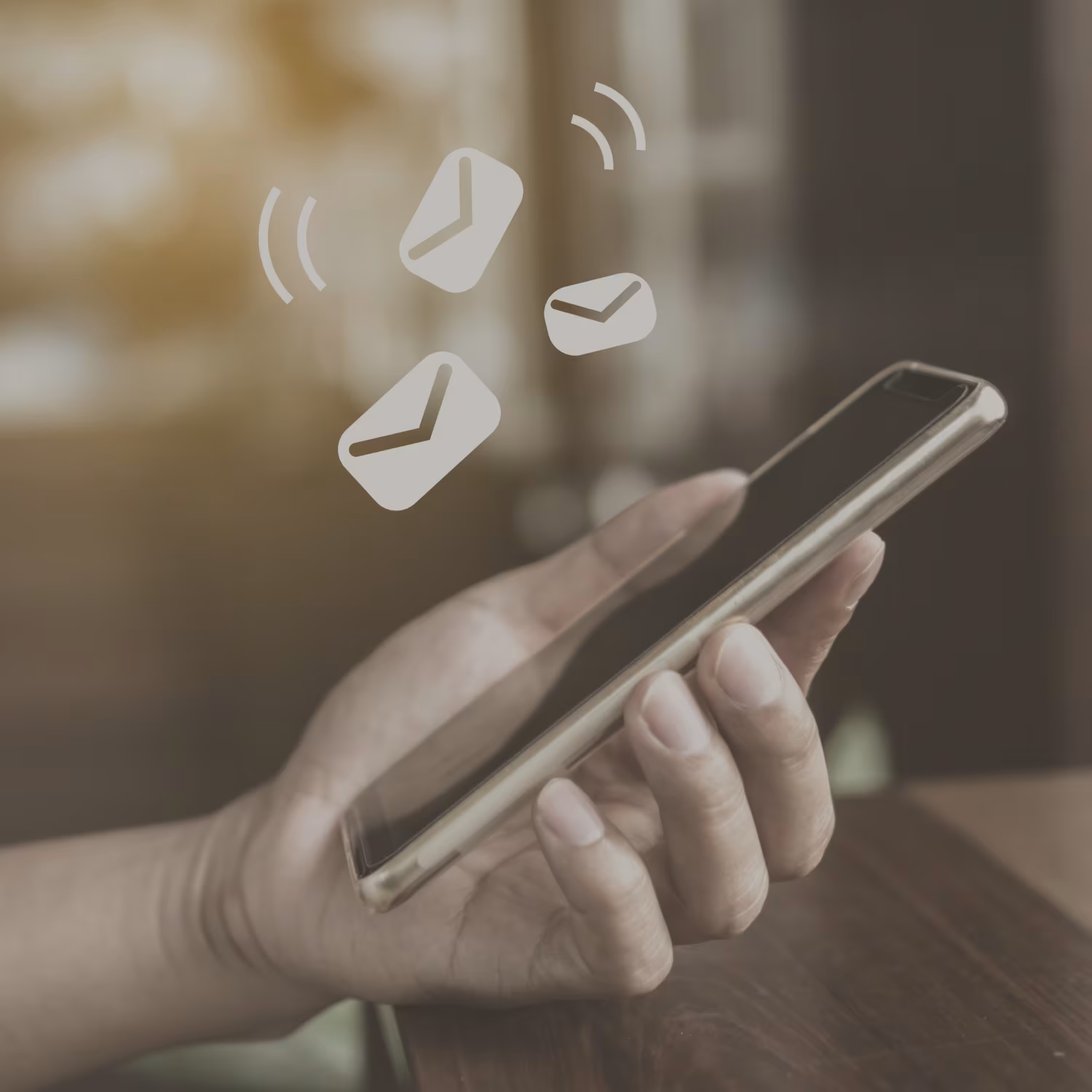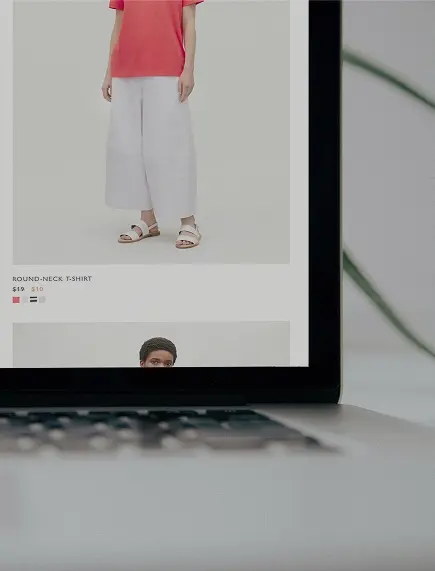5 Customer Engagement Best Practices for Growth


Introduction
“Customer engagement” is one of the most persistent buzzwords in marketing—and for good reason. The concept promises a holy grail: a loyal base of customers who not only buy repeatedly but also advocate for your brand. Yet, for all the talk, very few companies execute it well. Many brands still confuse engagement with vanity metrics like social media likes or email open rates. True engagement, however, runs much deeper. It’s the art and science of creating a continuous, valuable, and personalized dialogue with your customers across their entire lifecycle. It’s a commitment to being helpful, relevant, and respectful of their attention in an increasingly noisy digital world.
Moving from the abstract concept of engagement to a tangible, results-driven strategy requires a clear playbook. You can’t create meaningful interactions with guesswork. It demands a deliberate approach built on a foundation of core best practices that prioritize the customer’s experience above all else. In today’s competitive landscape, this means leveraging data to understand your customers on an individual level, personalizing their journey in real time, and communicating with them on the right channels at the right moments. This article cuts through the noise to detail five essential best practices that form the modern playbook for customer engagement—transforming it from a marketing buzzword into your company’s most powerful growth engine.
Best Practice 1: Unify Your Customer Data into a Single View
You cannot effectively engage a customer you don’t truly know. This is the most fundamental principle of modern engagement, yet it’s where most companies stumble. The average customer interacts with a brand across multiple touchpoints—they might browse on a laptop, make a purchase in a mobile app, and open a promotional offer from an email. In many organizations, the data from each of these interactions is trapped in a separate, isolated system or “silo.” Your website analytics platform knows what they browsed, your app knows their purchase history, and your email service knows what they clicked. But if these systems don’t talk to each other, you are left with a fragmented, incomplete picture of your customer. This leads to generic, poorly timed, and often irrelevant communication that fails to resonate.
The best practice that serves as the foundation for all others is the creation of a 360-degree customer view. This involves consolidating data from every touchpoint into a single, unified profile for each user. This profile should contain everything from their purchase history and browsing behavior to their channel preferences and engagement history. When you have this unified view, you can finally begin to understand the customer’s complete journey and context. For example, if a customer has just used your app to browse for hiking boots, this information should be immediately available to your other communication channels. Now, when they visit your website later that day, you can greet them with a banner showcasing outdoor gear instead of a generic homepage. This simple, contextual personalization is impossible without a unified data foundation. It’s the critical first step in moving from mass marketing to truly individual engagement.
Best Practice 2: Personalize Every Interaction, Not Just Names
In the early days of digital marketing, adding a customer’s first name to an email subject line was considered cutting-edge personalization. Today, that is the bare minimum. Customers have come to expect a far deeper level of relevance, and they are quick to ignore brands that fail to provide it. True personalization is not about superficial tricks; it’s about using the rich, unified data you’ve collected to tailor the content, timing, and channel of every single interaction. It’s a commitment to making every message feel like it was crafted specifically for the recipient.
This deep personalization manifests in many ways. It’s sending a push notification with a real-time price drop alert, but only for an item that a specific user has “favorited” or viewed multiple times. It’s using geolocation data to send an SMS about an exclusive in-store event to customers who live within a 10-mile radius. It’s sending a follow-up email after a purchase, not to sell another product, but to offer a helpful guide or video tutorial on how to get the most out of the item they just bought. Each of these examples goes far beyond a name merge. They leverage behavioral data (what they like), contextual data (where they are), and lifecycle data (what they’ve bought) to deliver a message that is genuinely valuable. This level of thoughtfulness demonstrates to the customer that you are paying attention and respecting their time, which is the fastest way to build trust and capture their long-term loyalty.

Best Practice 3: Communicate Proactively, Not Just Reactively
Many brands fall into the trap of communicating with their customers only under two circumstances: when they want to sell something (a promotion or a new product launch) or when the customer has a problem (a support ticket or a complaint). This creates a very one-dimensional, transactional relationship that lacks any real depth. The most successful brands, however, understand the power of proactive communication. They engage customers throughout their lifecycle with helpful, valuable, and often non-promotional content that is designed to improve the customer’s experience and build goodwill.
Adopting a proactive mindset means looking for opportunities to add value and reduce friction before the customer even has to ask. The most common and effective example is transactional messaging. Instead of forcing a customer to wonder about their order status, send them a proactive series of SMS or push notifications that keep them informed at every step, from confirmation to delivery. This turns a moment of potential anxiety into a positive, trust-building experience. Another powerful tactic is proactive onboarding. When a user downloads your app for the first time, don’t leave them to figure it out on their own. Guide them with a series of automated in-app messages that highlight key features and help them achieve their first “win” with your product quickly. This proactive guidance dramatically increases user adoption and long-term retention. By consistently offering value outside of a direct sales pitch, you transform your brand’s communication from a simple marketing tool into a welcome and indispensable service.
Best Practice 4: Orchestrate the Journey Across Channels
Having multiple communication channels is not an engagement strategy; it’s just a toolkit. A common mistake is to blast the exact same message across every channel at the same time, hoping something sticks. This approach doesn’t just produce diminishing returns; it actively annoys your audience and leads to high rates of uninstalls and unsubscribes. The best practice is not to simply use multiple channels, but to orchestrate them. Channel orchestration is the art of designing intelligent communication flows that use the best channel for each specific message, creating a single, seamless conversation that unfolds naturally over time.
Think of an abandoned cart journey. A purely multichannel approach would be to send an email, a push notification, and an SMS all at once, which feels desperate and intrusive. An orchestrated approach is far more sophisticated. An hour after the cart is abandoned, the journey might begin with a subtle, low-interruption web push notification on the user’s desktop. If that doesn’t lead to a purchase, 24 hours later a richer, more detailed email could be sent, complete with product images and customer reviews. If the user is a high-value customer and still hasn’t converted after 48 hours, a final, high-impact SMS with a small, time-sensitive incentive could be sent to create urgency. This intelligent sequence respects the customer’s attention, escalates the urgency thoughtfully, and uses each channel for its unique strength. This level of strategic coordination is what separates brands that feel spammy from those that feel helpful and sophisticated.
How indigitall Puts These Best Practices into Action
Adopting these best practices requires a powerful and flexible customer engagement platform. indigitall is designed from the ground up to provide the tools you need to move from theory to execution.
- For Unifying Data: indigitall acts as your central communication hub, breaking down data silos by creating unified customer profiles based on interactions across all our supported channels, including app push, web push, email, SMS, and in-app messages. This provides the 360-degree view that is essential for a modern engagement strategy.
- For Deep Personalization: Our platform includes a powerful segmentation engine that allows you to group users based on real-time behavior, events, location, and any custom data you provide. This enables the deep, contextual personalization that makes customers feel seen and valued.
- For Proactive Communication: The indigitall automation and workflow builder is the perfect tool for creating the proactive messages that build trust. You can easily set up automated transactional alerts, multi-step onboarding sequences, and helpful, triggered content that adds value at every stage of the customer lifecycle.
- For Channel Orchestration: The workflow builder is specifically designed for sophisticated channel orchestration. You can visually map out and launch complex, multi-channel journeys, setting rules and delays to ensure the right message is sent on the right channel at the perfect time, just like the abandoned cart example.
With indigitall, you have a single, integrated platform to implement every one of these best practices, helping you build the lasting customer relationships that drive sustainable business growth.












